Kathryn Leonard
WiCV 2021: The Eighth Women In Computer Vision Workshop
Mar 11, 2022

Abstract:In this paper, we present the details of Women in Computer Vision Workshop - WiCV 2021, organized alongside the virtual CVPR 2021. It provides a voice to a minority (female) group in the computer vision community and focuses on increasing the visibility of these researchers, both in academia and industry. WiCV believes that such an event can play an important role in lowering the gender imbalance in the field of computer vision. WiCV is organized each year where it provides a)~opportunity for collaboration between researchers from minority groups, b)~mentorship to female junior researchers, c)~financial support to presenters to overcome monetary burden and d)~large and diverse choice of role models, who can serve as examples to younger researchers at the beginning of their careers. In this paper, we present a report on the workshop program, trends over the past years, a summary of statistics regarding presenters, attendees, and sponsorship for the WiCV 2021 workshop.
Semi-supervised Nonnegative Matrix Factorization for Document Classification
Feb 28, 2022
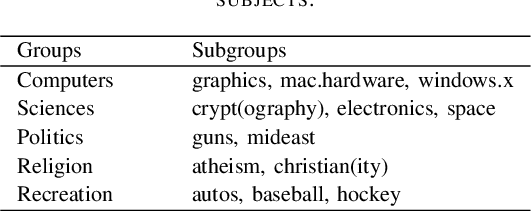
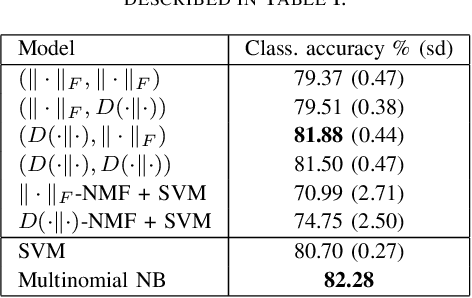

Abstract:We propose new semi-supervised nonnegative matrix factorization (SSNMF) models for document classification and provide motivation for these models as maximum likelihood estimators. The proposed SSNMF models simultaneously provide both a topic model and a model for classification, thereby offering highly interpretable classification results. We derive training methods using multiplicative updates for each new model, and demonstrate the application of these models to single-label and multi-label document classification, although the models are flexible to other supervised learning tasks such as regression. We illustrate the promise of these models and training methods on document classification datasets (e.g., 20 Newsgroups, Reuters).
WiCV 2020: The Seventh Women In Computer Vision Workshop
Jan 11, 2021

Abstract:In this paper we present the details of Women in Computer Vision Workshop - WiCV 2020, organized in alongside virtual CVPR 2020. This event aims at encouraging the women researchers in the field of computer vision. It provides a voice to a minority (female) group in computer vision community and focuses on increasingly the visibility of these researchers, both in academia and industry. WiCV believes that such an event can play an important role in lowering the gender imbalance in the field of computer vision. WiCV is organized each year where it provides a.) opportunity for collaboration with between researchers b.) mentorship to female junior researchers c.) financial support to presenters to overcome monetary burden and d.) large and diverse choice of role models, who can serve as examples to younger researchers at the beginning of their careers. In this paper, we present a report on the workshop program, trends over the past years, a summary of statistics regarding presenters, attendees, and sponsorship for the current workshop.
Semi-supervised NMF Models for Topic Modeling in Learning Tasks
Oct 15, 2020



Abstract:We propose several new models for semi-supervised nonnegative matrix factorization (SSNMF) and provide motivation for SSNMF models as maximum likelihood estimators given specific distributions of uncertainty. We present multiplicative updates training methods for each new model, and demonstrate the application of these models to classification, although they are flexible to other supervised learning tasks. We illustrate the promise of these models and training methods on both synthetic and real data, and achieve high classification accuracy on the 20 Newsgroups dataset.
On Large-Scale Dynamic Topic Modeling with Nonnegative CP Tensor Decomposition
Jan 02, 2020



Abstract:There is currently an unprecedented demand for large-scale temporal data analysis due to the explosive growth of data. Dynamic topic modeling has been widely used in social and data sciences with the goal of learning latent topics that emerge, evolve, and fade over time. Previous work on dynamic topic modeling primarily employ the method of nonnegative matrix factorization (NMF), where slices of the data tensor are each factorized into the product of lower-dimensional nonnegative matrices. With this approach, however, information contained in the temporal dimension of the data is often neglected or underutilized. To overcome this issue, we propose instead adopting the method of nonnegative CANDECOMP/PARAPAC (CP) tensor decomposition (NNCPD), where the data tensor is directly decomposed into a minimal sum of outer products of nonnegative vectors, thereby preserving the temporal information. The viability of NNCPD is demonstrated through application to both synthetic and real data, where significantly improved results are obtained compared to those of typical NMF-based methods. The advantages of NNCPD over such approaches are studied and discussed. To the best of our knowledge, this is the first time that NNCPD has been utilized for the purpose of dynamic topic modeling, and our findings will be transformative for both applications and further developments.
WiCV 2019: The Sixth Women In Computer Vision Workshop
Sep 23, 2019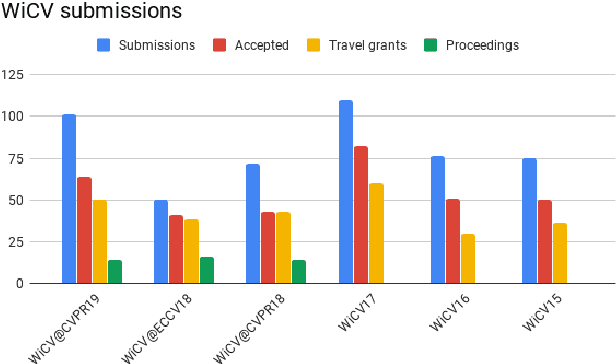
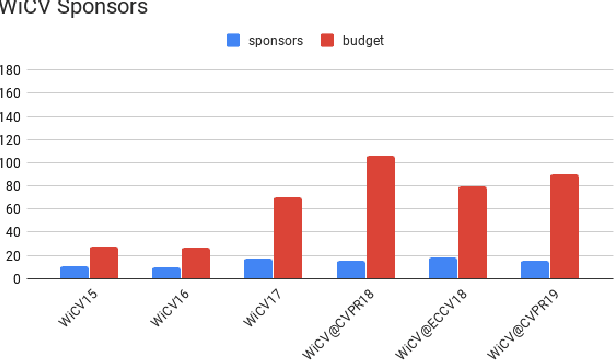
Abstract:In this paper we present the Women in Computer Vision Workshop - WiCV 2019, organized in conjunction with CVPR 2019. This event is meant for increasing the visibility and inclusion of women researchers in the computer vision field. Computer vision and machine learning have made incredible progress over the past years, but the number of female researchers is still low both in academia and in industry. WiCV is organized especially for the following reason: to raise visibility of female researchers, to increase collaborations between them, and to provide mentorship to female junior researchers in the field. In this paper, we present a report of trends over the past years, along with a summary of statistics regarding presenters, attendees, and sponsorship for the current workshop.
* Report of the Sixth Women In Computer Vision Workshop
SkelNetOn 2019 Dataset and Challenge on Deep Learning for Geometric Shape Understanding
Mar 21, 2019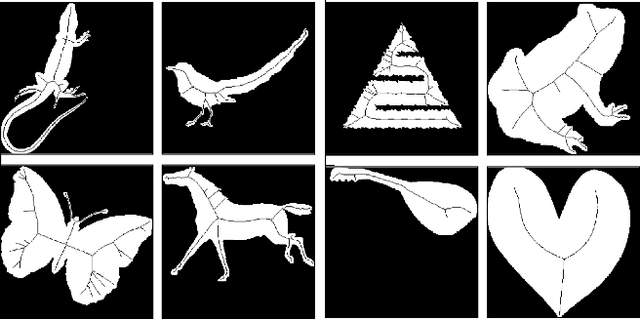
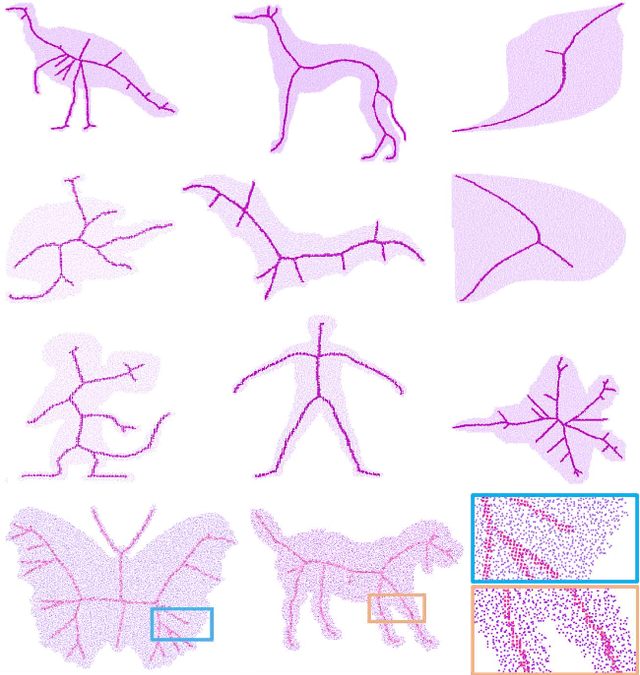
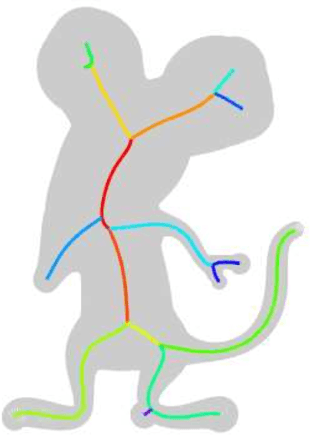
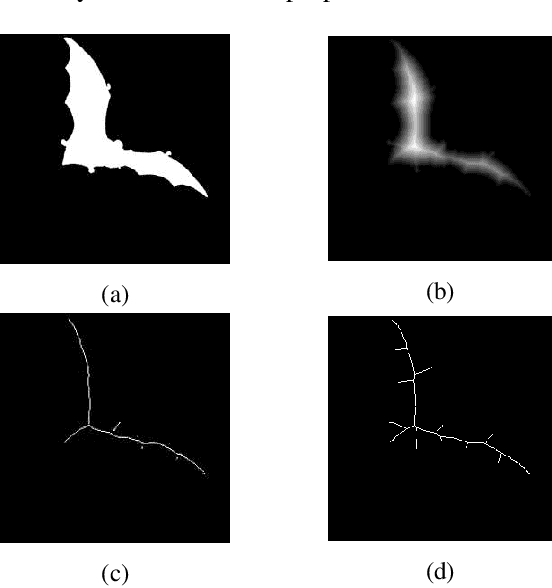
Abstract:We present SkelNetOn 2019 Challenge and Deep Learning for Geometric Shape Understanding workshop to utilize existing and develop novel deep learning architectures for shape understanding. We observed that unlike traditional segmentation and detection tasks, geometry understanding is still a new area for investigation using deep learning techniques. SkelNetOn aims to bring together researchers from different domains to foster learning methods on global shape understanding tasks. We aim to improve and evaluate the state-of-the-art shape understanding approaches, and to serve as reference benchmarks for future research. Similar to other challenges in computer vision domain, SkelNetOn tracks propose three datasets and corresponding evaluation methodologies; all coherently bundled in three competitions with a dedicated workshop co-located with CVPR 2019 conference. In this paper, we describe and analyze characteristics of each dataset, define the evaluation criteria of the public competitions, and provide baselines for each task.
 Add to Chrome
Add to Chrome Add to Firefox
Add to Firefox Add to Edge
Add to Edge